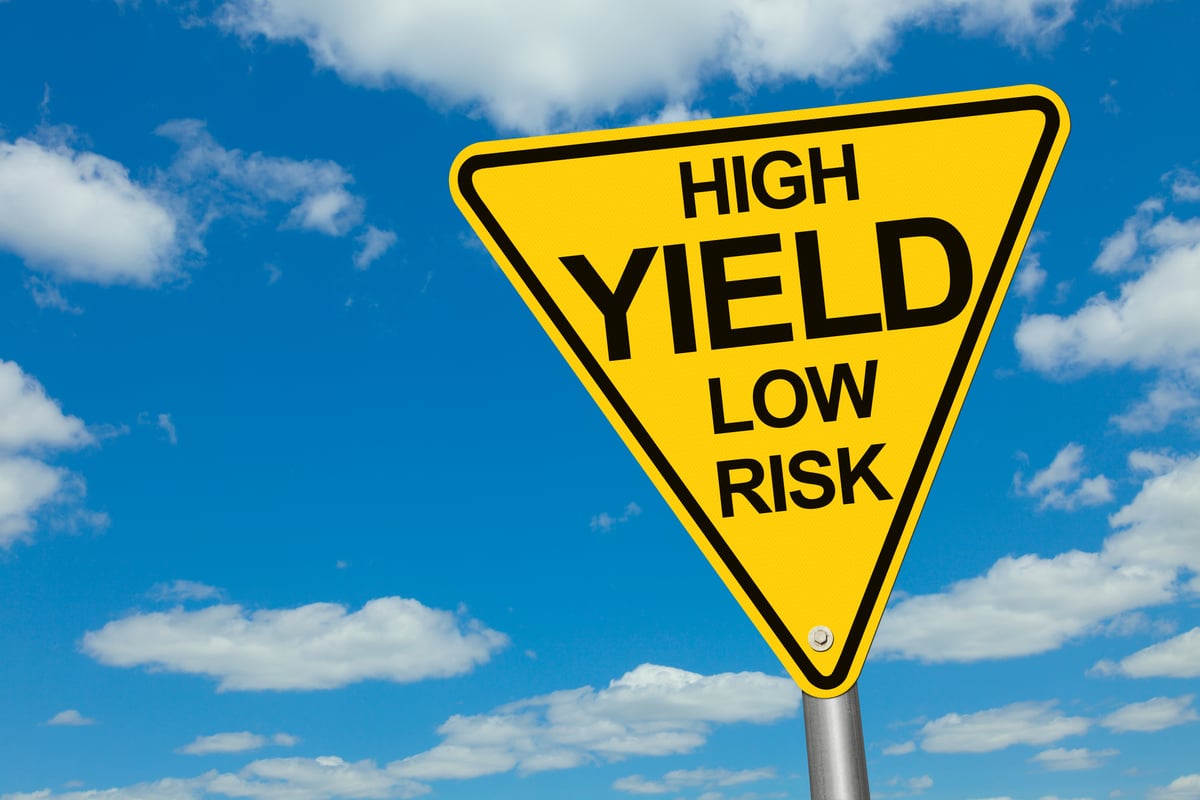
Google Glass. Photo credit: Flickr/lawrencegs.
Wearable technology has the potential to be a game-changer -- though not everyone is convinced. Some worry about the loss of privacy or the distractions that could come from widespread usage of Google (GOOG 0.81%) (GOOGL 0.75%) Glass, while others suggest that its just a fad.
That mindset, however, can lead to missing out on that fact that some of the best usages of this wearable computing technology could be in field applications like in a hospital setting or on an oil drilling site. In fact, we're seeing oilfield service giant Schlumberger (SLB +1.52%), for example, take the first steps to use cutting-edge technology like Google Glass to provide wearable intelligence to its employees in the field.
Oilfield intelligence
Schlumberger is using a modified version of Google Glass by a company called Wearable Intelligence, which strips down the product for specific uses. In the case of Schlumberger's test, its employees aren't tweeting photos or surfing the net but using Glass to complete complex checklists. The company is using 30 of the units out on the field to provide real-time intelligence so employees can do their jobs both more efficiently and safer.
Wearable Intelligence has created a really great video that shows how the technology is being applied in the oilfield.
Moving beyond glass
Wearable technology is set to become a $10 billion industry by 2016, according to one research firm. It's future could be much brighter than that if it gains widespread adoption in places like the energy industry, which is such a service intensive industry where both speed and accuracy matter. Wearable tech can help a company like Schlumberger in both regards, as it can provide its employees with real-time data, but at the same time that data isn't interfering with their hands enabling them to quickly turn this data into action.
Not only that but oilfield service workers need to be safe. Detecting danger before it is too late will enable the industry to improve its safety record. Just as an example, there is a silicone wristband being tested that can give its wearers information about the chemicals they are currently being exposed to by the environment. It can detect more than 1,000 chemicals found in the environment such as the chemicals in fragrances and cosmetics, which could potentially help a person avoid allergens.

Schlumberger in the field. Photo credit: Flickr/Nestor Galina
However, some day we can move beyond just tracking environmental irritants. A wearable technology could one day be developed to help oil-field service workers detect dangerous chemicals, gases, or pollutants in the air. For example, one day an oilfield service worker could be alerted via a wearable device that methane or another harmful chemical is leaking in the area, which could put an end to a problem before it gets out of hand.
Investor takeaway
Wearable technology has vast potential to improve our world. One of the places it could make a big impact is in the energy industry, which is service intensive where both speed and safety are a primary concern. Because of this, wearable computing from companies like Google could help the industry do its job better, faster, and safer.





